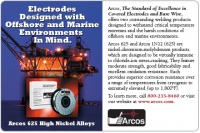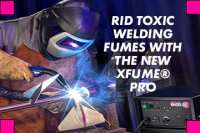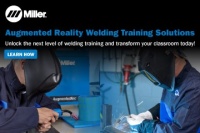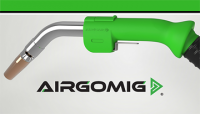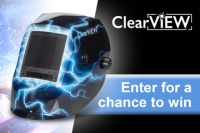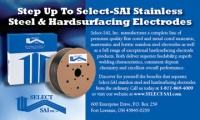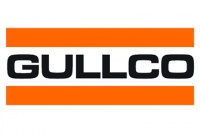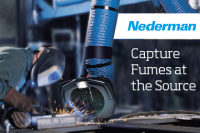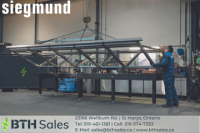Evaluating the Effects of Waveform Manipulation for the Tandem AC-SAW Process
Through the use of high welding currents and large consumable electrode diameters, the submerged arc welding (SAW) process is capable of producing high quality welds with desirable bead profiles, achieving very high deposition rates. By incorporating alternating current (AC) waveform manipulation, the operator gains even greater control to balance higher productivity against larger bead penetration profiles and depths.
Earlier investigations based on single-wire welds have explored the concept of “Polarity-Specific Heat Input”, showing it to be a suitable method for predicting weld bead profiles and deposition rates for AC-SAW with waveform manipulation. This paper explores polarity specific power for tandem AC-SAW welds, and its relationship to wire feed speed (WFS). A methodology is demonstrated that accurately predicts the WFS contributions from the electrode positive (EP) and electrode negative (EN) phases of the AC-cycle. The corresponding polarity-specific power equations accurately predict the WFS of direct current and AC square wave (AC-SQ) welding arcs, for both single and tandem electrode welds. The equations had an average absolute percent error of less than 4% for the given data set.
Become a member of the CWB Association by following these simple steps! Membership is Free.
Log In
Have a myCWB account?
You will be redirected back to this page once you've logged in successfully.
Don't have a myCWB account yet?
Register for an account and you can join the CWB Association during the registration process!

